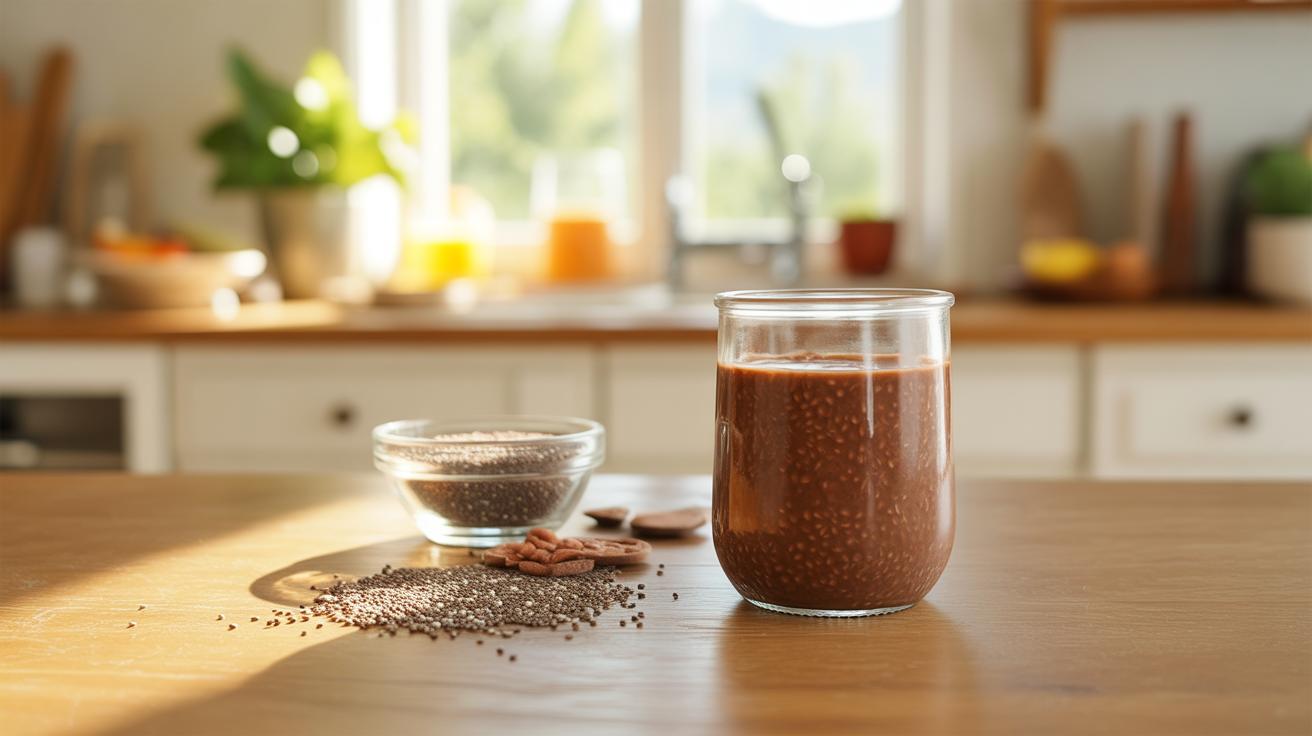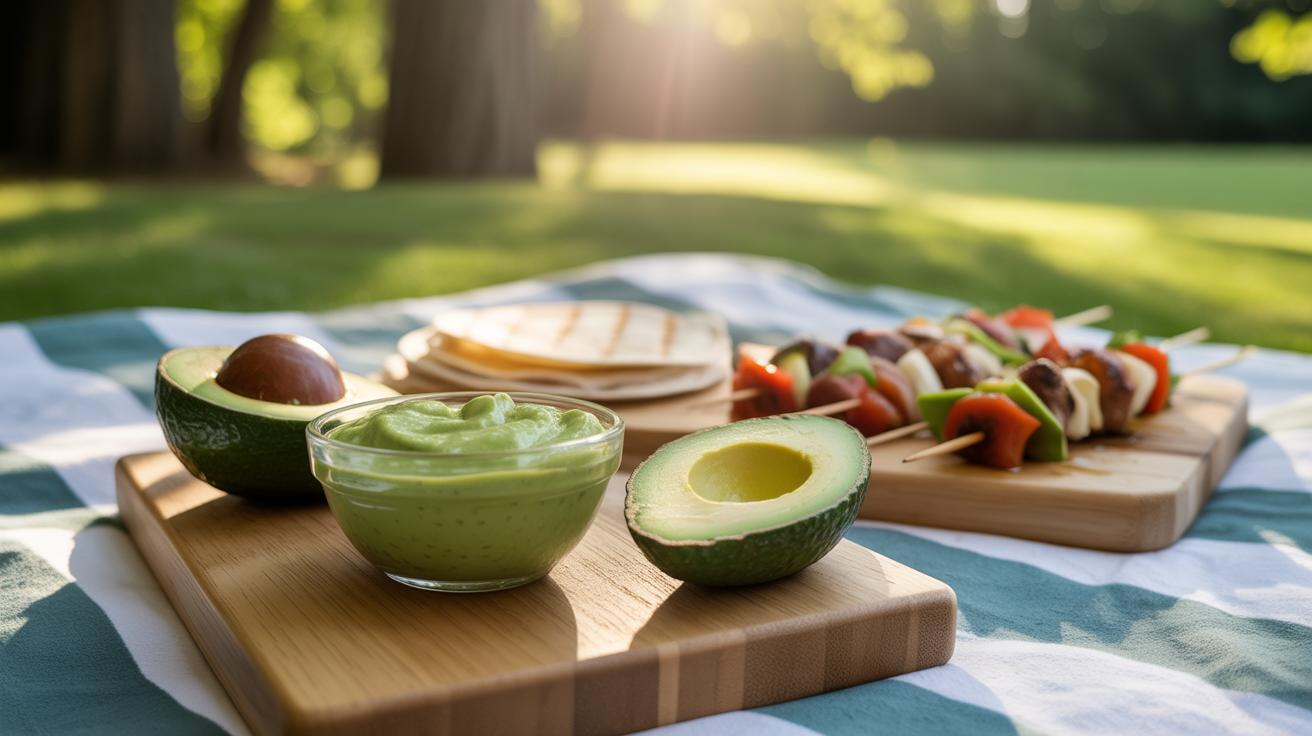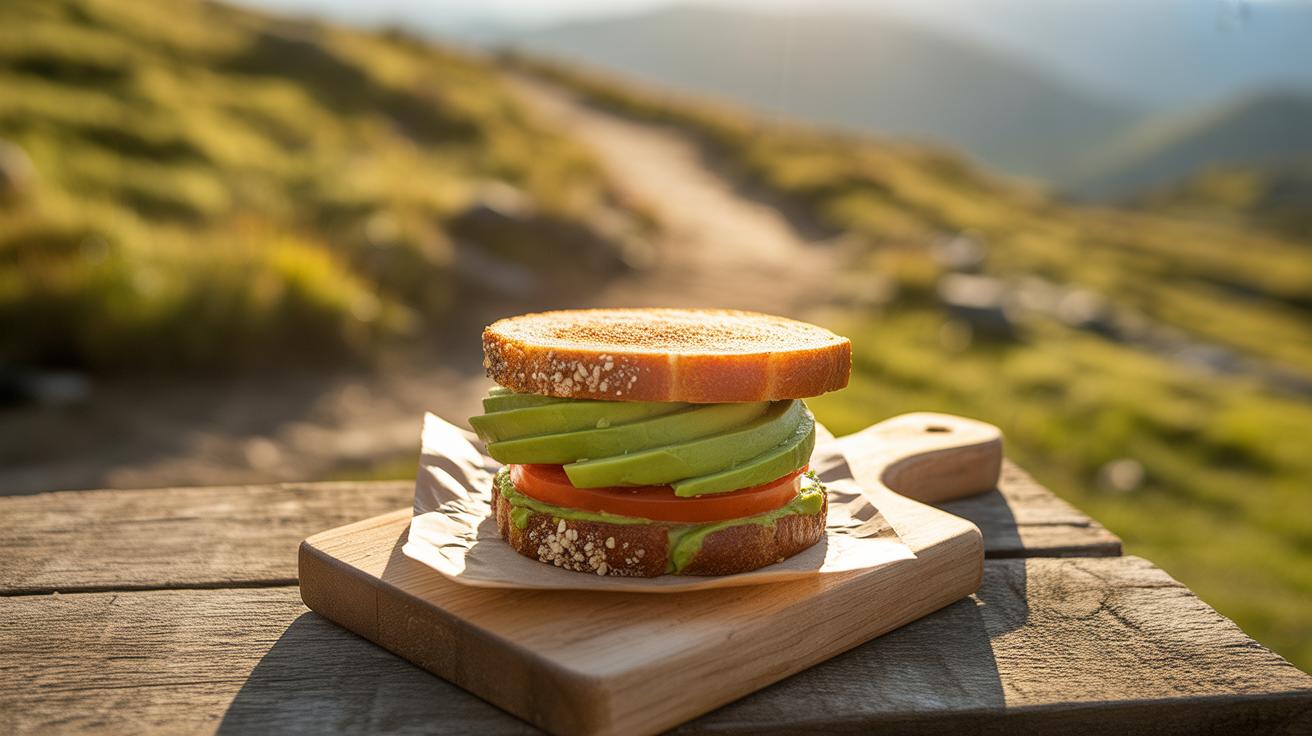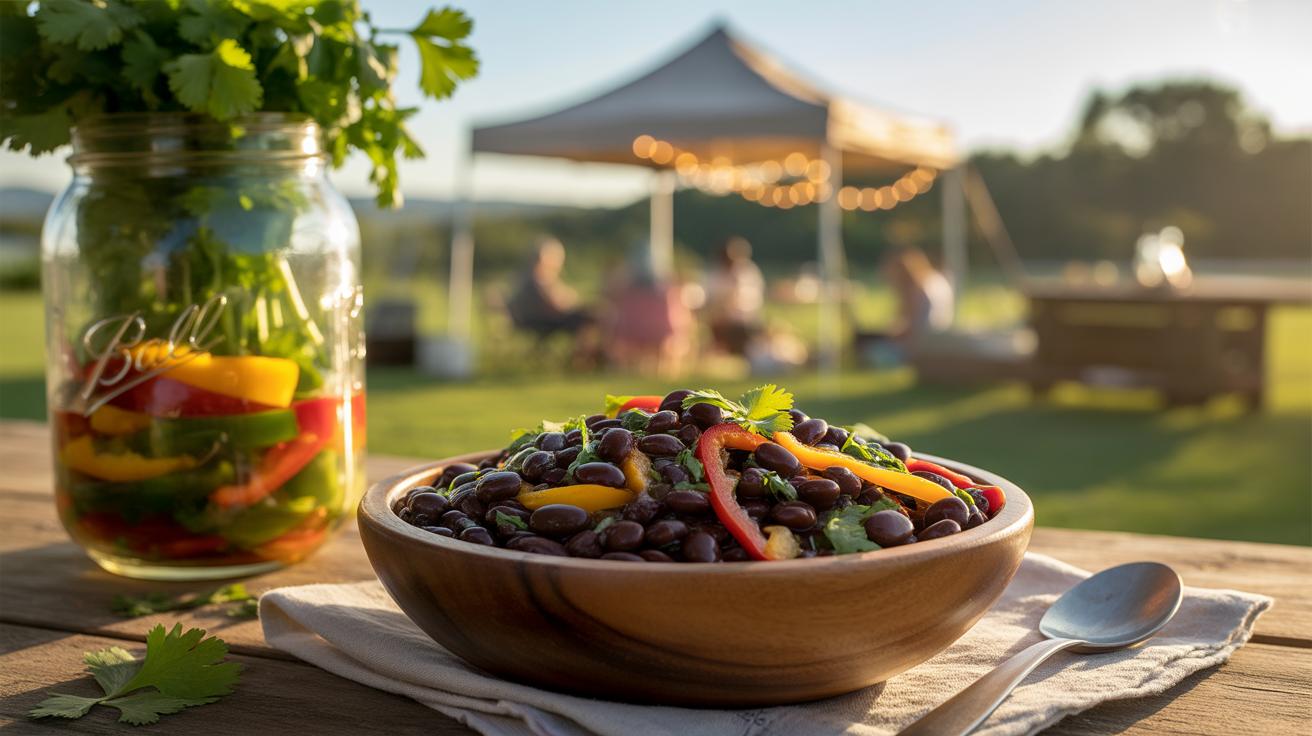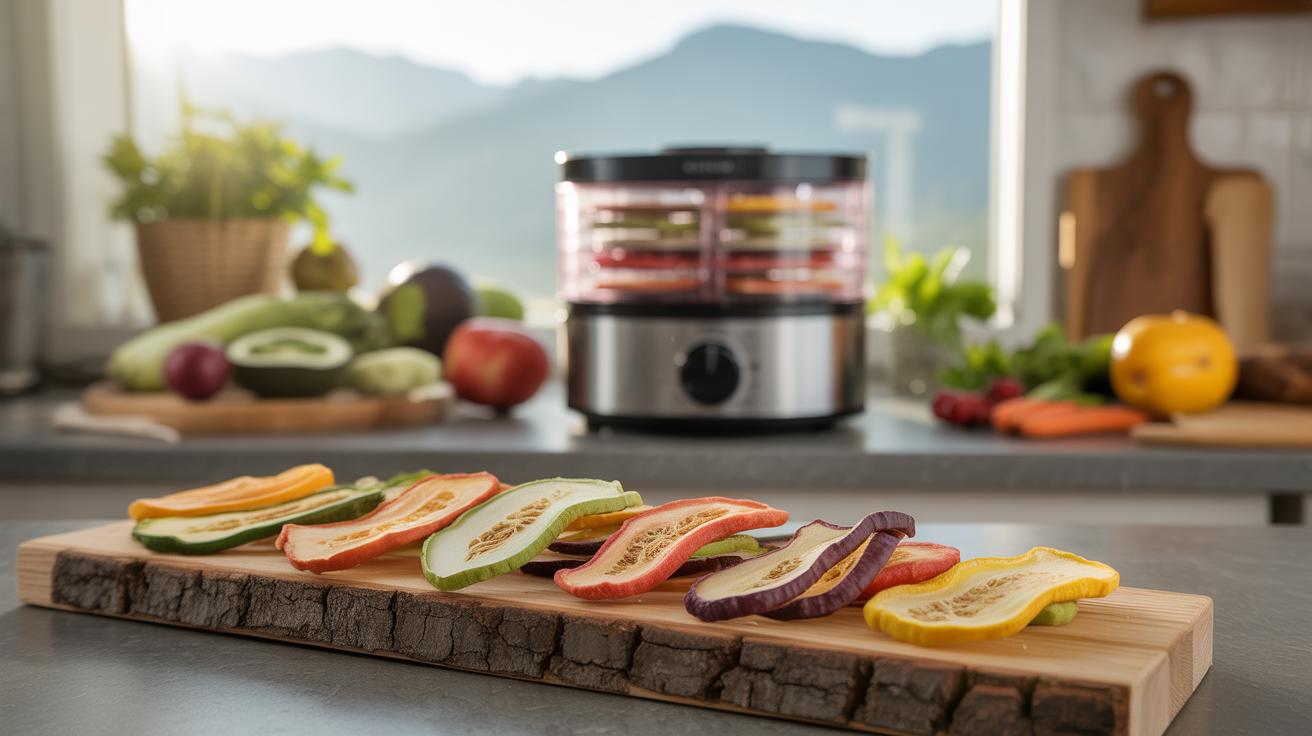Introduction
Chocolate chia pudding offers a simple way to enjoy a tasty and nutritious treat. Combining details from chia seeds and chocolate, this pudding can boost your energy and provide important nutrients you need daily. It’s a dish that suits many lifestyles and tastes.
In this article, you will learn what makes chocolate chia pudding special. You will also find easy-to-follow recipes, nutrition facts, and tips on how to include this pudding in your daily routine. You will see how it fits different nutritional needs and how easy it is to prepare at home.
Understanding Chia Seeds and Their Nutritional Profile
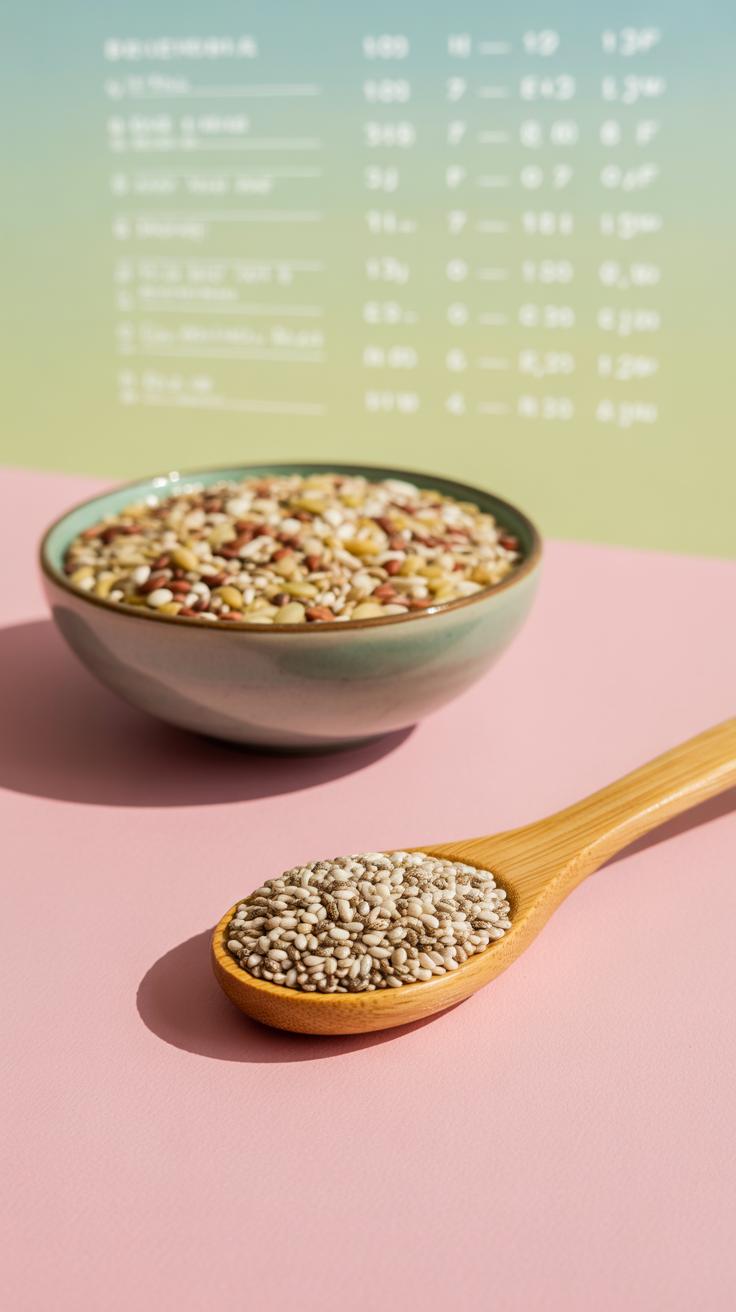
What are Chia Seeds
Chia seeds are tiny, oval-shaped seeds, usually about 1 millimeter in size. They come from the plant Salvia hispanica, native to parts of Central and South America, where they have been used as food for centuries. You might find it surprising that such small seeds have this unique ability to absorb liquid—up to 10 times their weight—and form a gel-like coating around them. This gelatinous texture is what makes chia seeds so interesting in recipes, especially puddings, because it thickens the dish naturally without needing extra ingredients.
When soaked in water, milk, or other liquids, chia seeds transform from dry and crunchy to soft and jelly-like. This change doesn’t just affect texture; it also influences how your body digests and absorbs the nutrients. It’s a simple process but a powerful one that can make you think twice about these tiny seeds.
Nutritional Benefits of Chia Seeds
Chia seeds pack a lot into a small package. Their nutritional profile includes:
- Fiber: Mostly soluble fiber, which slows digestion and helps maintain stable blood sugar. A portion of chia seeds can give you a good chunk of your daily fiber needs.
- Protein: Containing all nine essential amino acids, chia seeds provide a complete protein source, which is somewhat rare for plant-based foods.
- Healthy Fats: Rich in omega-3 fatty acids, mostly alpha-linolenic acid (ALA), which supports heart health and inflammation control.
- Minerals: Including calcium, magnesium, and phosphorus, which contribute to bone health and muscle function.
The fiber and protein combo in chia seeds is probably why they are so filling and helpful in managing appetite. I remember when I first tried a chocolate chia pudding for breakfast—I felt full well into the afternoon, which kind of surprised me. So, these seeds aren’t just dietary fillers; they do interesting things in your body that can influence energy and satiety.
Yet, some might wonder if all these nutrients are easily absorbed. It seems that soaking chia seeds helps unlock their benefits, otherwise, the outer shell can be quite tough on digestion.
The Role of Chocolate in Nutrition and Flavor
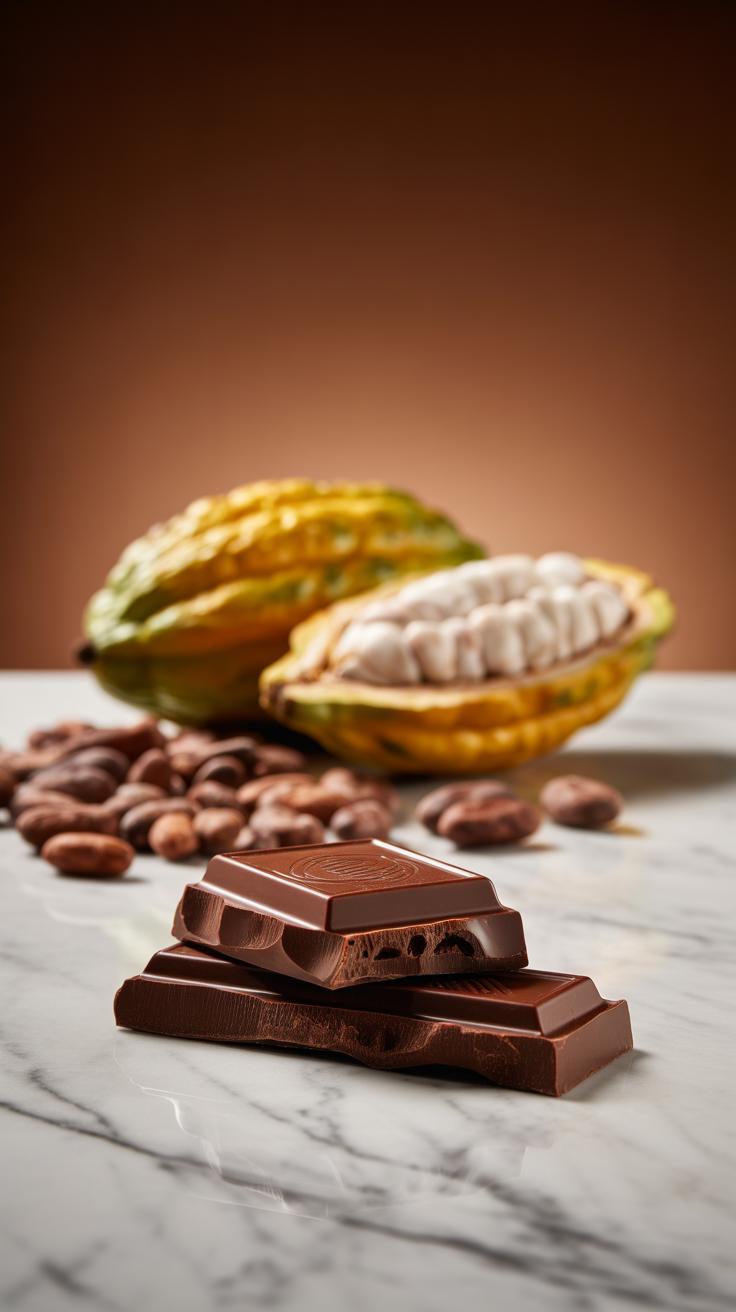
From Cacao Bean to Chocolate
The journey of chocolate starts with the cacao bean, which comes from the fruit of the Theobroma cacao tree. These beans undergo several steps before becoming the chocolate we know. First, the beans are fermented and dried, which develops their complex flavors. Then, they’re roasted. The roasting level affects the taste – light roasts bring out fruity hints, darker roasts lead to deeper, almost smoky notes.
After roasting, beans are cracked open to remove their shells, leaving cacao nibs. These nibs are ground into a thick paste called chocolate liquor, which contains both cocoa solids and cocoa butter. From here, different types of chocolate emerge depending on how much sugar, milk, or additional cocoa butter is added. For pudding, dark or semi-sweet chocolate tends to be preferable—too much milk or sugar can overwhelm the balance and mask the natural bitterness of cocoa.
Health Aspects of Chocolate
Chocolate isn’t just a treat; it brings nutrients worth considering. Cocoa solids contain antioxidants called flavonoids. These molecules have been studied for their potential to support heart health and reduce inflammation. You might notice that darker chocolate generally has more of these antioxidants compared to milk chocolate.
Chocolate also carries small amounts of vitamins like magnesium, iron, and some B vitamins. These contribute to energy metabolism and muscle function. The magnesium content, for instance, is something some people don’t get enough of in their diets. Yet, there’s a catch: chocolate can be calorie-dense and possibly contain added sugars, so it’s a bit of a double-edged sword. Enjoying it in moderation, especially within a nutrient-rich recipe like chocolate chia pudding, might be a good approach.
Have you ever wondered if the chocolate flavor in your pudding could do more than just please your taste buds? It might just be fueling you, quietly and effectively.
Combining Chocolate and Chia Seeds for a NutrientRich Pudding
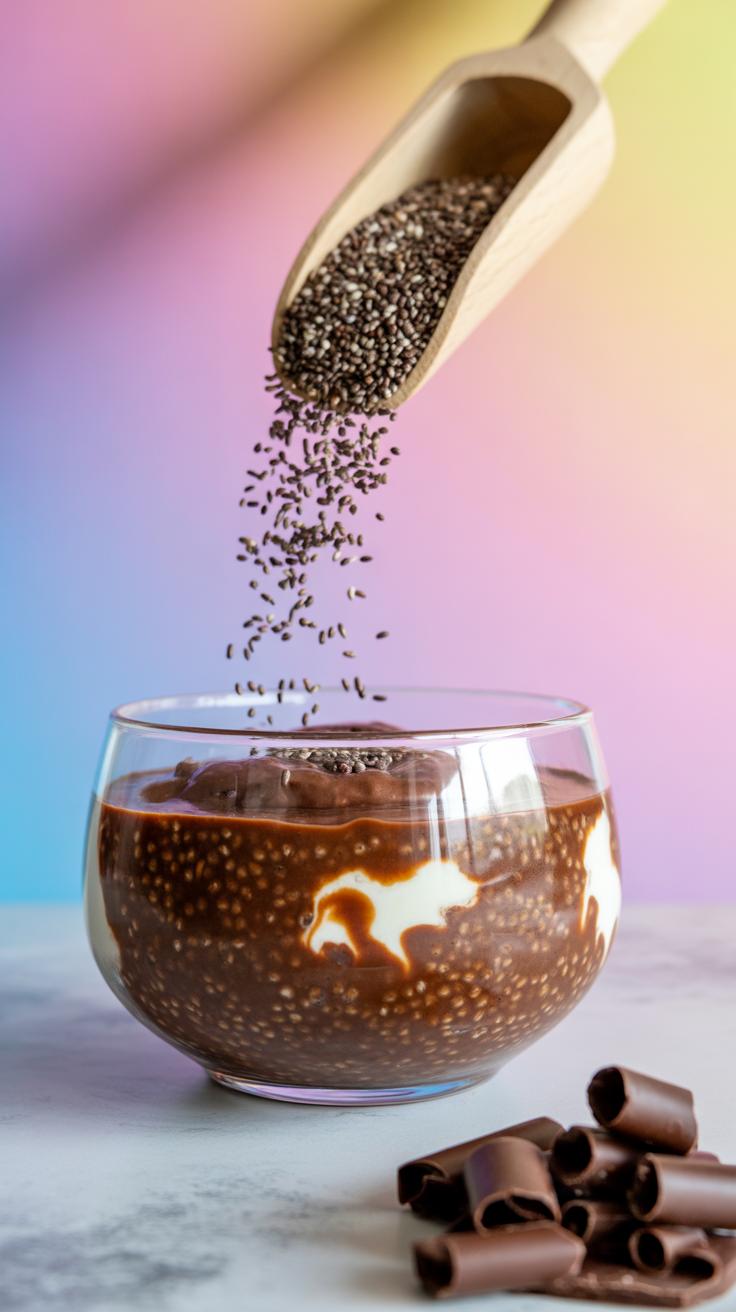
Nutritional Synergy in Chocolate Chia Pudding
The blend of chocolate and chia seeds creates a pudding that’s more than just the sum of its parts. Chocolate, with its antioxidants and minerals like magnesium, teams up with chia seeds, known for fiber, protein, and omega-3 fatty acids. This mix doesn’t just pile up nutrients—it sets the stage for better absorption and balance.
For example, the healthy fats in chia help your body soak up fat-soluble compounds in chocolate, like flavonoids. And the fiber in chia steadies blood sugar spikes that sugar in chocolate might cause. So, you get steady energy rather than sudden crashes.
There’s something more subtle too—these ingredients can complement each other’s effects on heart health and brain function. You might wonder whether you really notice this synergy when eating it. Honestly, it might not be dramatic, but over time, it adds up to a pudding that’s both tasty and kind to your body.
Taste and Texture Benefits
The taste of chocolate chia pudding is rich but not heavy. The natural earthiness of chia seeds softens into a delicate gel when soaked, contrasting nicely with the bold cocoa flavor. That creamy body is satisfying, but chia’s tiny crunches occasionally peek through—something surprising if you aren’t expecting it.
It’s also a pudding that feels indulgent but can be quite light. Some people find the texture just right; others might think it’s a bit strange at first. I remember trying it the first time and feeling uncertain about the gel-like feel, but that chocolate flavor kept me hooked.
Moreover, the pudding’s texture holds up well when you add toppings—whether nuts, fruit, or a sprinkle of sea salt. This versatility keeps it from becoming boring, making the experience enjoyable enough to turn it into a regular snack or breakfast choice. So, while it’s easy to appreciate the health side, the taste and texture help keep you coming back.
Easy Ingredients Needed to Prepare Chocolate Chia Pudding
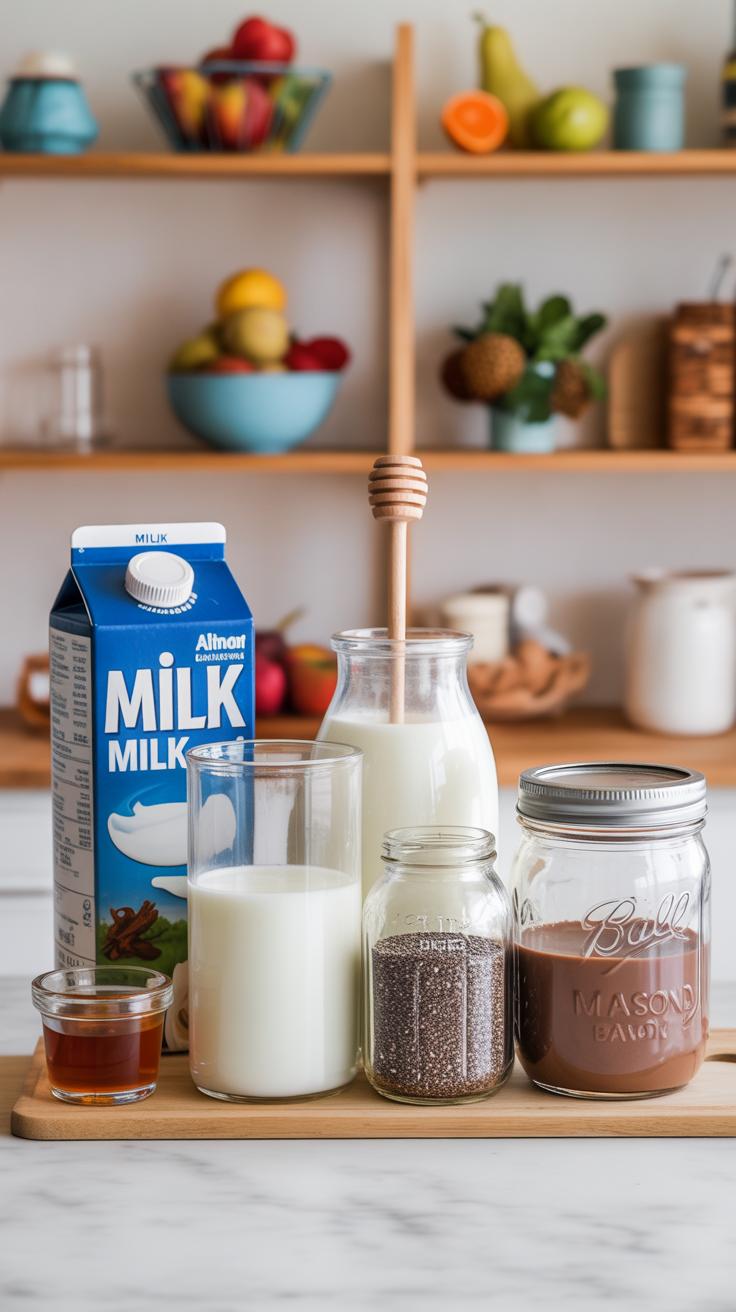
Making chocolate chia pudding at home doesn’t require a long list of fancy ingredients. In fact, you can keep it quite simple, focusing on a few essentials that come together surprisingly well.
First and foremost, you need chia seeds. They’re the heart of the pudding, soaking up liquid to form that satisfying, gel-like texture. Next, some kind of milk or milk alternative is necessary—think almond, oat, or even regular dairy milk if that’s your preference. The liquid helps the chia seeds expand and soften over time.
Choosing your chocolate element varies a bit. You can use cocoa powder for a pure chocolate taste or melt some dark chocolate into the mixture. Sweeteners might be part of your lineup too; many people prefer a touch of honey, maple syrup, or agave to balance the bitterness of cocoa.
Lastly, consider a pinch of vanilla extract or a sprinkle of salt. These subtle extras heighten the flavor without complicating the recipe. Honestly, the beauty lies in how few things you need to pull this together. Have you tried balancing the right liquid-to-seed ratio yet? It’s tricky but essential to get it just right.
Chia Seeds and Their Quality
When it comes to chia seeds, there’s not a huge variety, but what you pick still matters. There are black and white chia seeds. While they’re pretty similar in nutrition and texture, some find the white ones prettier—which might matter if you plan to serve pudding to guests.
More crucial is the freshness of the seeds. Old or stale chia seeds can have a weird, almost rancid flavor that ruins the whole experience. If possible, buy from stores that turn over stock quickly or look for sealed packages with clear “best by” dates.
If you’re curious, organic chia seeds tend to avoid contamination with pesticides, which could be preferable if you’re mindful about that. Personally, I’ve noticed that certain brands absorb liquid and swell up a little differently—final texture experiences can vary just enough to matter.
Choosing the Right Chocolate
Selecting chocolate for your pudding can feel straightforward, but there’s a bit to consider. If you prefer a cleaner taste, pure unsweetened cocoa powder is the way to go. It’s intense, so a little goes a long way, and you control the sweetness.
Dark chocolate, around 70% cocoa or higher, can be melted and stirred into your pudding. It adds creaminess and depth but may require an extra sweetener or milk to avoid bitterness. Avoid milk chocolate here; it tends to be too sweet and dilutes the flavor profile you’re aiming for.
Also, be mindful of any additives in your chocolate choices. Some powders or bars have fillers or sugar substitutes that might alter the texture or digestibility. If you’ve ever tasted a pudding that felt grainy or odd, this might be why. I’ve experimented with several brands and noticed flavor and mouthfeel change surprisingly much just based on this selection.
StepbyStep Guide to Making Chocolate Chia Pudding
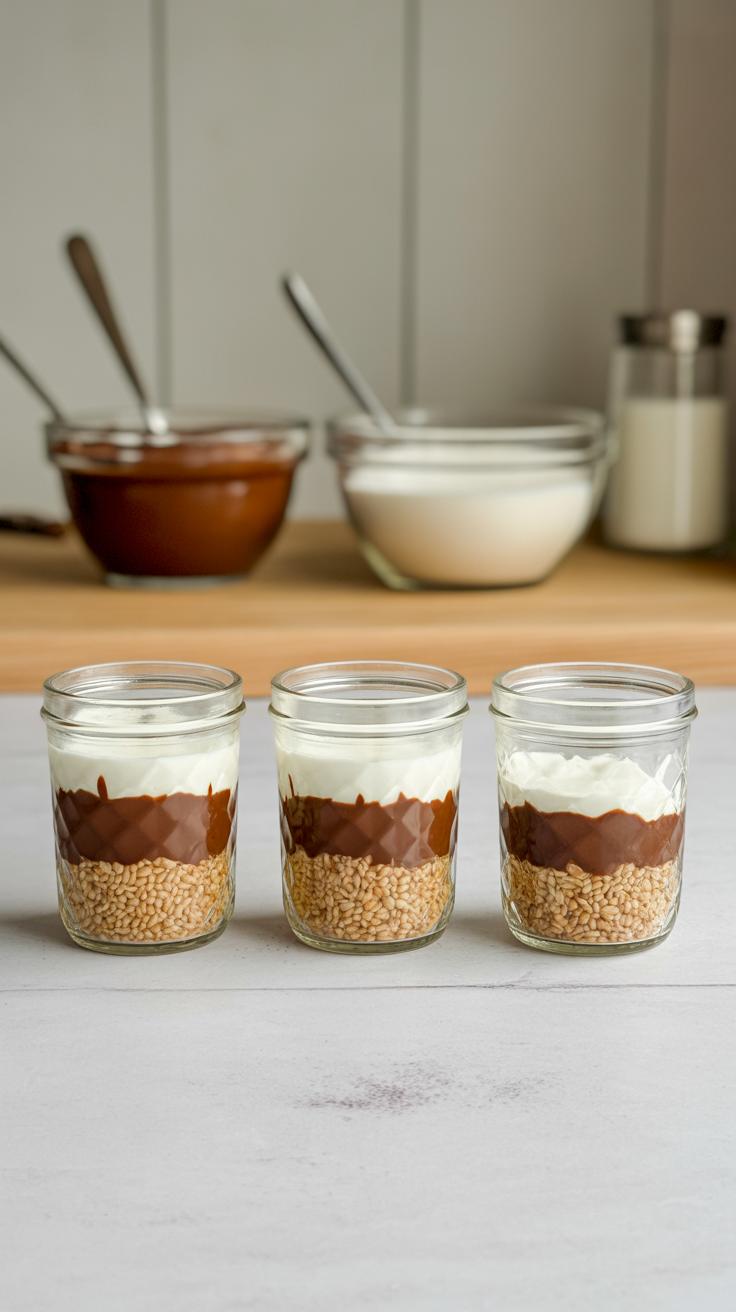
Making chocolate chia pudding is simpler than you might think, and the process only takes a handful of steps. First, start by combining your chia seeds with your choice of milk—plant-based milks like almond or oat work quite well. Add cocoa powder for that rich chocolate flavor, along with a sweetener like maple syrup or honey. Give the mixture a good stir to ensure the cocoa doesn’t clump up. You might notice the seeds tend to sink at first, so stirring well is key.
Once mixed, let the pudding sit for about 5 minutes, then stir again to break up any clumps. After that, pop it in the fridge. The chia seeds need time—usually around 2 to 4 hours—to soak up the liquid and thicken into a creamy pudding. Some people prefer overnight soaking; I think that often brings out a smoother texture, though shorter periods can work if you’re in a rush.
Before serving, give the pudding a final stir, and add toppings if you like—fresh fruit or a sprinkle of nuts often makes it more satisfying. You can eat it cold straight from the fridge, or let it warm up slightly if you find the texture too firm.
Tips for the Best Results
To get the texture just right, don’t rush the soaking time. The chia seeds need to absorb the liquid properly or the pudding will feel grainy. If the pudding turns out too thick, simply stir in a bit more milk to loosen it up.
Also, temperature can affect the texture. Cold is usually preferred, but depending on your taste, you might warm it slightly—it changes the texture and can enhance the chocolate flavor.
Finally, I suggest experimenting a little. Some batches may be a tad watery at first, or thicker than you want. Adjust the chia-to-liquid ratio incrementally in future tries. It’s a simple recipe, but small tweaks can make a noticeable difference in taste and feel.
Incorporating Chocolate Chia Pudding into Your Daily Routine
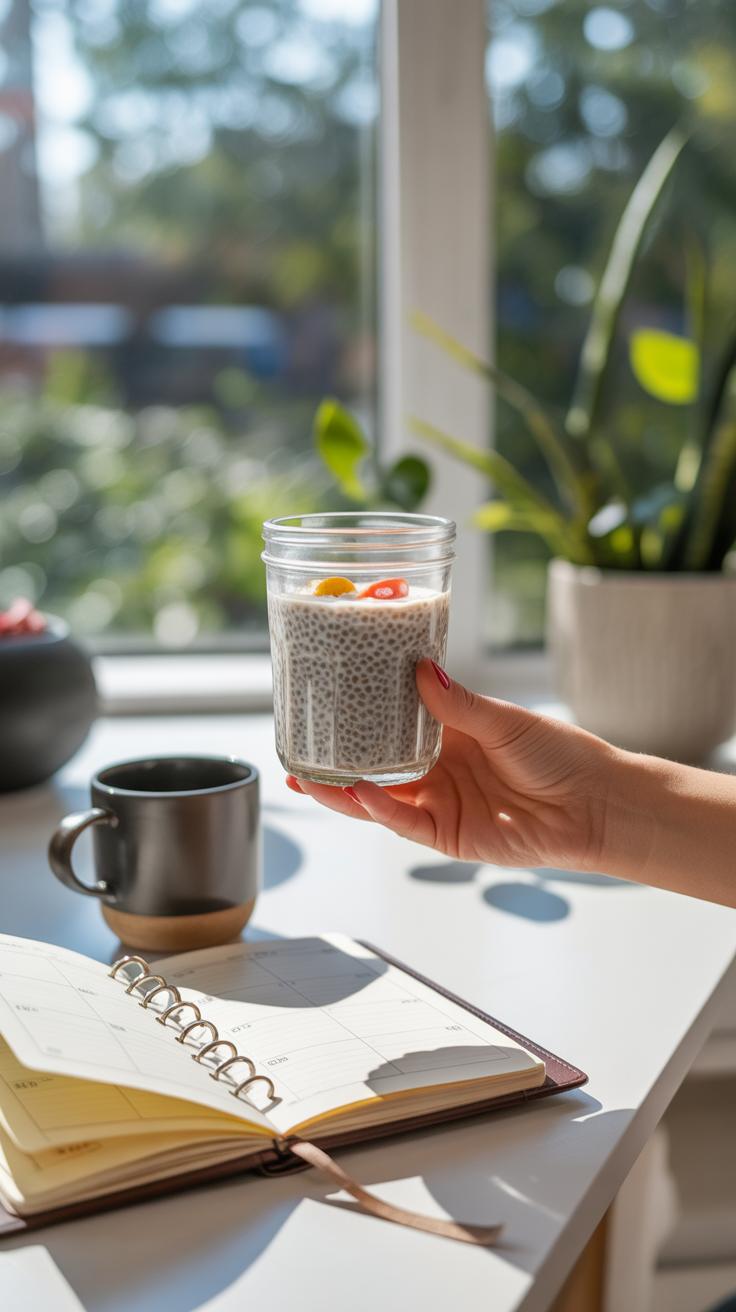
Chocolate chia pudding can slip into your daily eating habits in a surprisingly flexible way. For busy mornings, it’s a quick grab-and-go breakfast that doesn’t sacrifice nutrition. You can prepare it the night before, so when morning comes, it’s ready—no cooking or wait time. The pudding offers fiber, protein, and a bit of sweetness that can help curb those early cravings without feeling heavy.
Beyond breakfast, think of it as a snack or even a dessert substitute. Instead of reaching for something sugary or processed, a small bowl of this pudding hits the spot with controlled portions and natural ingredients. It’s satisfying but doesn’t leave you feeling weighed down or guilty. Pairing it with fresh fruit or nuts can add some texture and keep things interesting.
Some days, I honestly find it more tempting than traditional desserts, especially when I crave something chocolaty but don’t want to ruin my meal plan. Do you sometimes wish your snacks were both indulgent and healthy? This pudding might just fill that space—offering a little treat without tipping the balance.
Customizing Chocolate Chia Pudding to Suit Your Taste and Needs
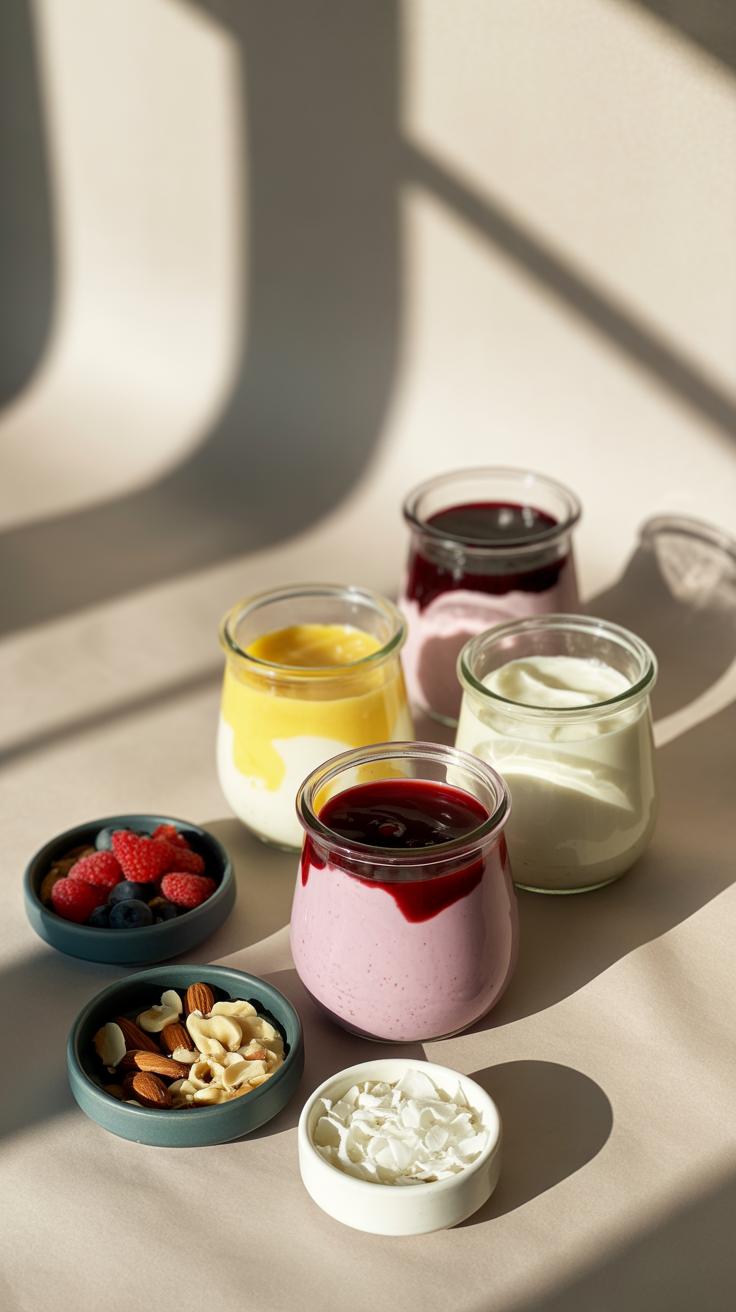
Adjusting Sweetness and Flavors
Chocolate chia pudding is surprisingly easy to tweak, which is part of its charm. If you like it a bit sweeter, natural sweeteners like maple syrup, honey, or agave work well. They add a gentle sweetness without overpowering the chocolate. Sometimes I add mashed banana instead—it brings a creaminess and subtle sweetness that feels more natural than syrup, though it can change the texture a bit.
For flavor, there’s room to experiment. Try stirring in vanilla extract, a pinch of cinnamon, or even a little espresso powder for depth. Sometimes, a sprinkle of orange zest gives a bright twist that makes it feel less like a dessert and more like a special breakfast. You can also toss in some nuts or shredded coconut for texture, but that depends on your mood.
Dietary Modifications
Tailoring chia pudding to your dietary needs is usually straightforward. Use plant-based milks like almond, oat, or coconut to keep things vegan. I’ve also found that certain nut milks add their own subtle flavors, which might or might not suit your palate. For gluten-free, the pudding is naturally safe, but watch out for add-ins if you have sensitivities.
If you want to reduce sugar, cutting down on sweeteners or relying solely on fruits can work well. You can also make it paleo by avoiding sweeteners like honey and sticking with coconut milk. For those wary of nuts, try sunflower seed butter or tahini for a creamy twist instead. It’s surprising how flexible this recipe is once you start playing around with it.
Health Benefits You Gain from Eating Chocolate Chia Pudding
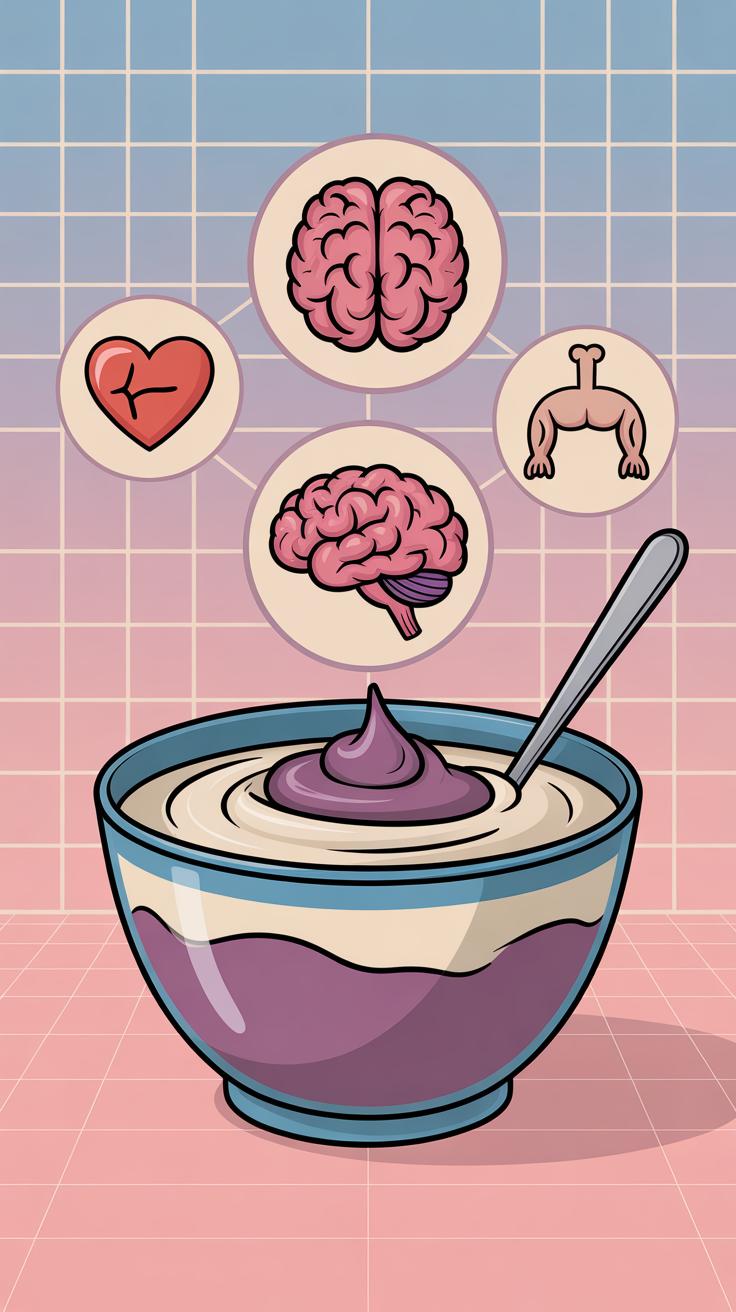
Eating chocolate chia pudding regularly can do quite a bit for your body, even if it doesn’t always feel like a strict health food. The chia seeds pack a punch with fiber, protein, and essential omega-3 fats, all wrapped in a deliciously simple dish. Many people notice better digestion when they include chia pudding in their diets, thanks mostly to the fiber promoting regular bowel movements. And the slow-releasing carbs from the seeds can keep your energy levels steadier than, say, grabbing a sugary snack.
On the nutrient side, this pudding gives you a handy dose of iron, calcium, magnesium, and antioxidants from the cocoa. These all support everything from muscle function to immune health. It’s like a small nutrient boost that also satisfies a sweet tooth.
Energy and Nutrient Boost
The chia seeds in the pudding absorb liquid and swell up, creating a gel-like texture that slows digestion. This process helps fuel your body longer without that midday crash. That’s especially useful if you often feel drained in the late morning or early afternoon. Plus, chocolate contributes a bit of caffeine and theobromine, mild stimulants that can sharpen alertness without making you jittery.
Because the pudding contains a mix of healthy fats, protein, and fiber, it helps balance blood sugar levels and supports gut health. Maybe you’ve noticed that after eating it, you don’t crave snacks as quickly. That’s the fiber and protein working to keep hunger at bay.
Weight Management and Heart Health
Chia’s fiber content doesn’t just aid digestion; it can also help with weight management. By making you feel full longer, it may reduce overeating or unnecessary snacking. Some studies suggest this effect, though it’s not a magic bullet—other habits matter too.
The omega-3 fats predominantly found in chia seeds are the same kind linked to heart health. These fats support lower inflammation and can improve cholesterol profiles, which are key for cardiovascular protection. Yet, some people wonder how much of these benefits translate in the context of a dessert-like pudding. It might depend on how often you eat it and what other foods you include in your diet.
Still, letting yourself enjoy chocolate chia pudding occasionally feels easier when you consider these perks. It’s a small, tasty step toward better nutrition—and who wouldn’t want that?
Common Mistakes to Avoid When Making Chocolate Chia Pudding
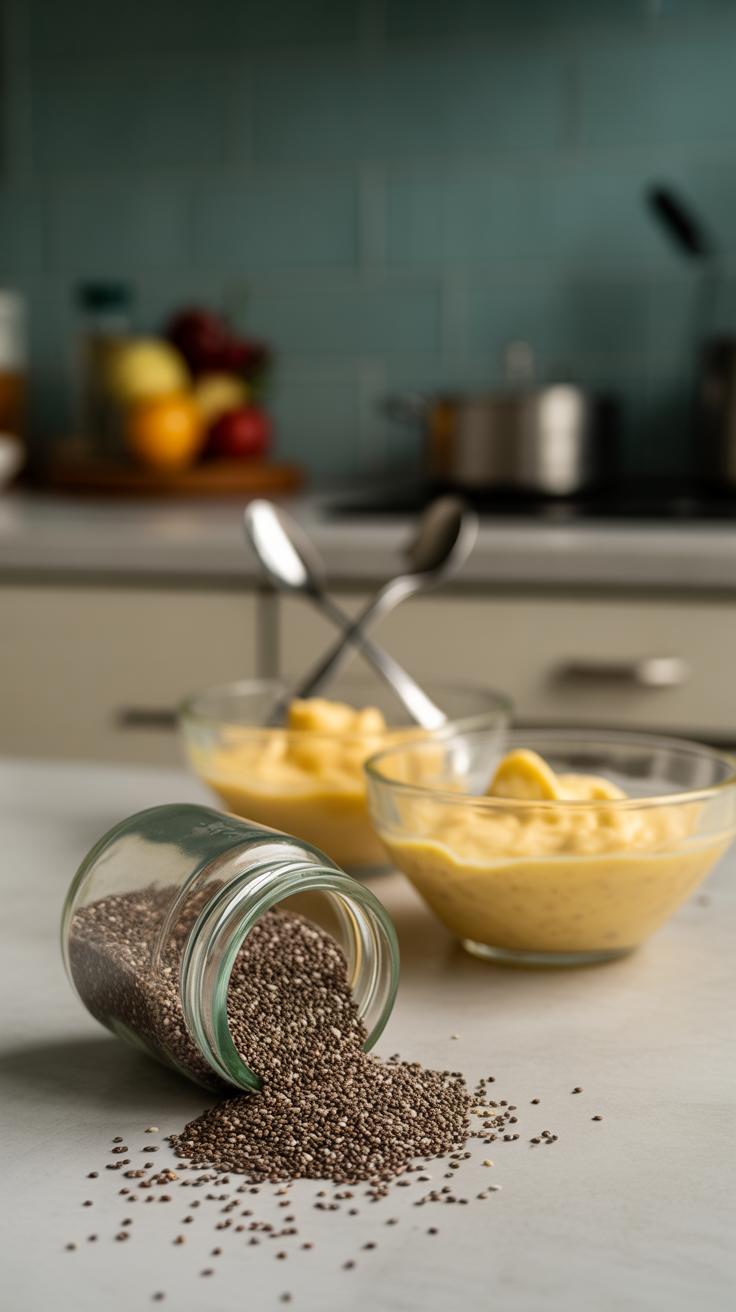
Over or Under Soaking Chia Seeds
Getting the soaking time right can be tricky. If you soak chia seeds for too little time, the pudding ends up gritty and runny—not the creamy texture you’re aiming for. On the other hand, soaking them too long might make the pudding overly thick or slimy, which some find off-putting. I’ve noticed that letting chia seeds sit for about 3 to 4 hours usually does the trick, but some prefer an overnight soak. If you’re in a rush, try soaking with a bit more liquid to avoid dryness, or stir the mixture periodically. The texture might surprise you if you don’t pay attention to how long the seeds sit. So, keep an eye on it, and don’t be afraid to adjust based on your preferences.
Incorrect Chocolate Choices
Not all chocolate behaves the same when mixed into chia pudding. For example, using chocolate too bitter or overly sweet can throw off the balance of flavors. Chocolates with additives—like some bars filled with caramel or nuts—can ruin the smooth consistency you’re after. Also, syrups or cocoa powders vary a lot. If the chocolate isn’t cocoa-rich enough, the pudding might taste watered down or artificial. Personally, I’ve found that pure cocoa powder or a high-quality dark chocolate bar melted gently works best. It might take some experimentation, but picking the right chocolate can make or break your pudding’s taste. Why settle for less when just a small change can improve your breakfast completely?
Conclusions
Chocolate chia pudding stands out as a nutritious choice that supports your daily energy and health. The pudding offers essential nutrients from both chia seeds and chocolate, making it a smart addition to your meals. Its simple recipe lets you enjoy a healthy treat anytime.
By understanding its benefits and how to make it, you can include chocolate chia pudding in your diet easily. Its versatility fits various diets and tastes. Try this pudding as a snack, breakfast, or dessert, and experience a tasty boost for your day.


